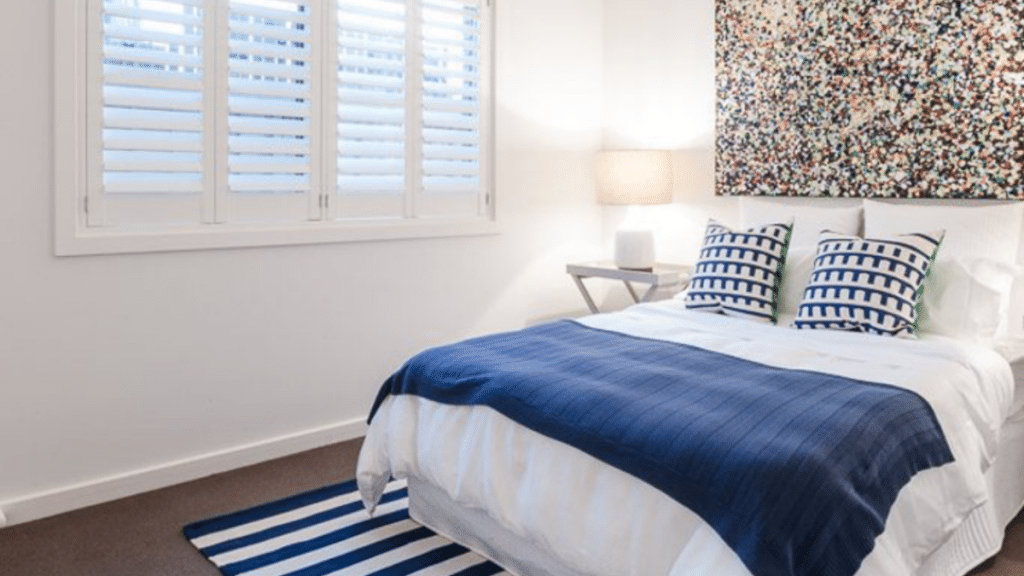Are rising living costs forcing you to find ways to reduce expenses at home? Or, are you an eco-conscious homeowner who wants to minimise your carbon footprint while keeping energy costs down? Either way, there are many ways you can cut down on escalating daily expenses including reducing your energy bills.
Installing solar panels, integrating daylighting devices into your roof and using window treatments are just some ways you can reduce energy consumption and costs at home. Did you know that you can use curtains Melbourne homeowners install to provide insulation? Thanks to all these strategies, you can reduce your dependence on expensive heating and cooling systems!
Keep reading as we share window covering ideas to lower your energy costs and reduce your carbon footprint at the same time! But, first find out why Australians take energy consumption so seriously.
Energy Consumption: Why it Matters in Australia
Fossil fuels such as coal, gas and oil account for 92% of Australia’s energy consumption. On the other hand, renewable energy sources only accounted for 8% of energy usage in the country. Burning fossil fuels contributes to air pollution which leads to global warming. Trapped carbon emissions in the atmosphere create more heat which results in climate change.
The more fossil fuels are used, the more greenhouse gases are emitted into the air. Countries worldwide are committing to reduce their impact on global climate change and Australia is one country that wants to reduce greenhouse gas emissions by 43% when 2030 rolls around.
Everyone can do their bit to support this commitment and eco-conscious Australian homeowners can implement energy consumption busters at home. It’s a win-win situation as they’ll benefit from reduced energy bills too!
3 Ways to Use Window Coverings to Reduce Energy Consumption and Costs
1. Use Curtains to Insulate Your Home
Heating and cooling systems use a lot of energy and are costly too. Quality curtaining not only improves the aesthetics of your home but can play a role in insulating the rooms. Curtains minimise the air exchange between the window and the interior space. This way, they keep the cold weather out while ensuring your room stays warm.
Premium-quality curtains should be floor length and close to the window pane to reduce heat loss in a room. Insulation efficiency also depends on the type of fabric and the weight of the curtains. Close weave materials such as velvet or heavy silk are better for insulation and a thermal lining will enhance the energy efficiency as well.
2. Take Advantage of Window Shutters
Window shutters are excellent energy savers! Why? Because they’re made from solid material and fit snuggly into the window helping them to act as a barrier against cold air. Interior shutters are perfect insulators, reducing your reliance on air conditioning units to keep your home warm in winter. But, there are other reasons why these window treatments are so energy efficient.
Shutters keep the harsh sunlight out of your room, keeping your space cool on hot summer days. Another good reason to not switch on that energy-guzzling HVAC! Window treatments such as plantation shutters keep out drafts and require less cleaning compared to heavy curtains or drapes. You can also manage the amount of light coming in during the day, and rely less on artificial lighting.
3. Energy-Efficient Indoor Blinds
Indoor blinds are equally energy efficient! Whether you pick Venetian, roller or Roman blinds, you can rely on them to help you reduce your energy consumption and costs. Interior blinds can:
- Keep your home cool: Blinds are effective for reducing summer heat inside your home. This means less reliance on air conditioning units to keep your home cool in the hotter months.
- Improve natural lighting: You can control the level of daylight coming into your home and reduce the need for artificial lighting during the day.
- Increase ventilation: Blinds are easy to adjust giving you better control on how much air comes in and out of your rooms. Improved ventilation means you don’t have to rely on electrical fans or ventilation systems to keep your home well-aerated.
By reducing the use of artificial lighting, heating and cooling systems and fans your home energy consumption will decrease as will your monthly bills.
Other Window Treatments for an Energy-Efficient Home
Curtains, drapes, shutters and blinds are some of the easiest ways of turning your home into an eco-friendly environment that’s energy-efficient too. However, other window treatments that can do the job just as well include:
- Reflective film: Window films work well for homes in cooler regions as they help to improve heat gain in the house. However, it’s difficult to keep clean and can hamper your outside view.
- Awnings: These act as sunlight reflectors, helping to reduce glare and heat gain inside the home. Retractable awnings can be closed during the winter months to allow for more heat and light to enter the interior space.
Final Thoughts
As an eco-conscious Australian, you can do your bit for the environment by simply installing the right window treatment for your home. Whether it’s timber shutters Melbourne homeowners love for their looks and energy efficiency or heavy drapes, one thing is for sure: you’re saving energy and being a more responsible citizen!


